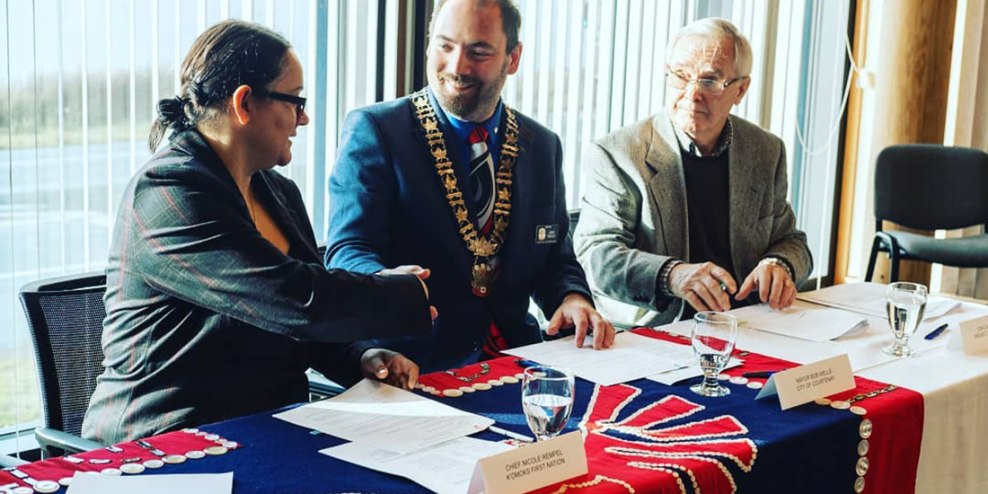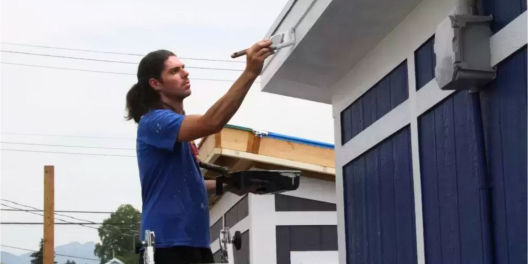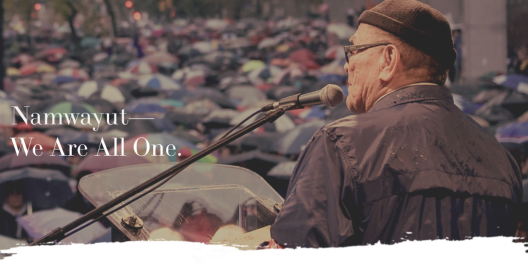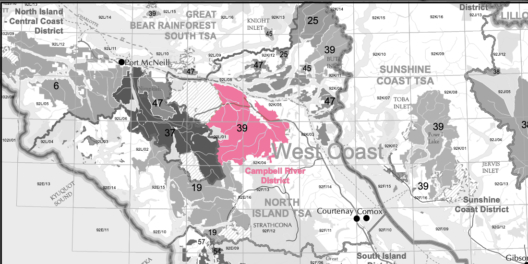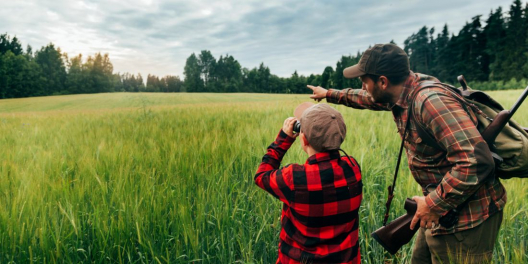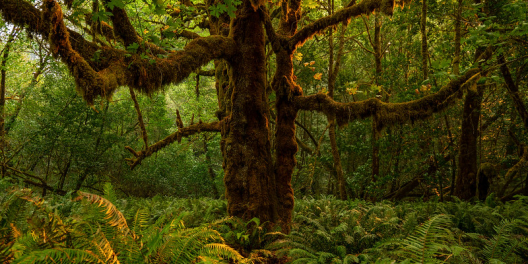Treaty negotiators for the K’omoks First Nation (KFN) are now reviewing an official offer of land and cash from the provincial and federal governments. Received on November 4, the offer comes after nearly 30 years of treaty negotiations.
In a media release, the KFN said that “once negotiations are complete, and the full treaty package ratified by all three parties, the treaty will likely come into effect in 2026.”
I guess when you’ve already been waiting 30 years, another 3 doesn’t seem so bad.
The treaty will enable the K’omoks to transform into a self-governing and self-sufficient Nation, according to the media release.
Why is all of this important?
Currently, the day-to-day lives of K’omoks members are governed largely by the Indian Act, which was first passed in 1876. The act made First Nations essentially wards of the state and paved the way for residential schools.
It is administered by Indian and Northern Affairs Canada and has gone through a bunch of amendments over the years. But it still puts the feds in the driver’s seat when it comes to taxes, healthcare, and a host of other responsibilities that affect life in Nations that haven’t signed treaties or rights and title agreements.
For example, under the Indian Act, Indian Reservation land is federally-owned. That means on-reserve members can’t have title to the land their houses are built on. This is one of many things that will change if the K’omoks Treaty gets ratified.
“I know we are ready to begin building the future our ancestors dreamed for us, to build a strong foundation for future generations,” said Nicole Rempel, K’ómoks Nation Chief, in the media release.
“That is ultimately who this treaty is for. By negotiating for this treaty, we look to uplift our Nation, but also create opportunities and prosperity for all those residing within our traditional territory.”
Chief Rempel said the treaty will make possible new residential developments to help alleviate the housing crisis, job-creating new businesses, and “new water and sewage infrastructure to certain K’ómoks Treaty Settlement Lands.”
John Moody, who’s handling media relations for the KFN, told VanIsle.News that for now, details about the land and cash offer are confidential.
The public can find more information about the K’omoks treaty negotiations at: engage.gov.bc.ca/govtogetherBC/consultation/komoks-treaty
